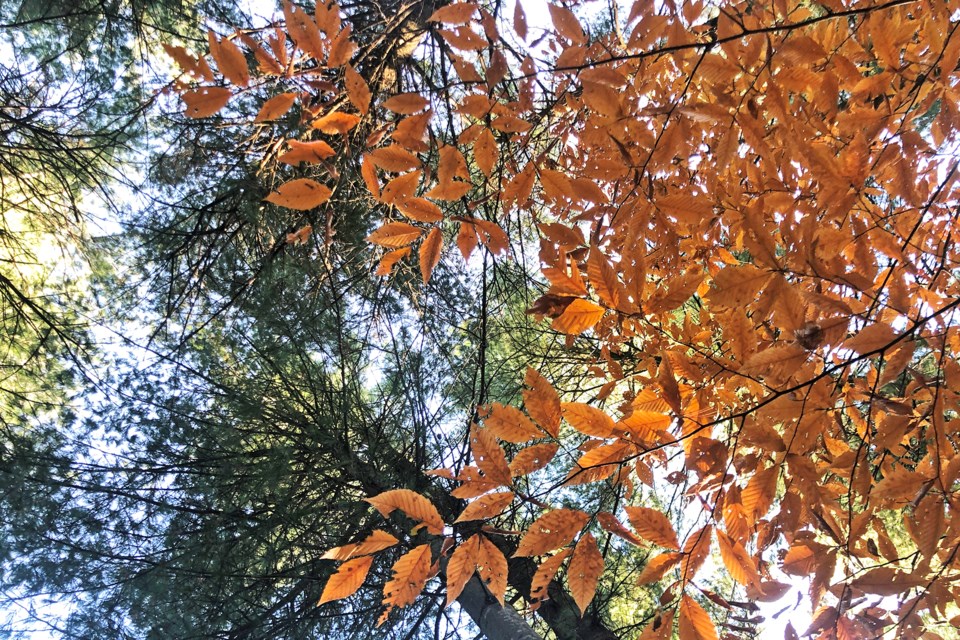The next time you walk along a trail in a Simcoe County Forest, be aware that 100 years ago the county was the first jurisdiction in Ontario to enter into a forest protection agreement with the province of Ontario.
Since 1922, the forestry program has now grown to encompass more than 150 properties spanning over 33,000 acres. It was initiated to restore woodlands on what were formerly marginal agricultural lands.
These were vast areas in the province that were considered wastelands in the early 20th century which had very dry sandy soils.
Fields were blowing away and streams were drying up due to deforestation and farming in these fringe areas, creating significant environmental problems.
Simcoe County and the province of Ontario purchased back these marginal areas under the ‘Agreement Forest’ program.
And these forest tracts continue to grow.
Simcoe County forester Graeme Davis is always on the lookout to expand the forest.
“The council has been supportive with continued reinvestment back into the forest," he says. "Over the last 15 years or so, the forests have grown by about 4,000 acres, which is substantial growth.”
The forests serve multiple purposes, from recreational use to environmental benefits as well as economic benefits that include revenue for the county in addition to employment.
“All of the revenue from the forests is reinvested back into the forests," says Davis.
Around half of the treed land base was established through plantations with direct planting of former agricultural land.
The thinning and management of the trees creates timber and establishes a healthy forest, which then increases the value of the spaces.
“The harvesting that occurs in the forest is part and parcel to how those properties developed over the years and how we continue to manage it into the future," Davis says.
“The diversity of the forests changes over time, whether they are managed or left in a natural state," he adds. "The largest single species planted originally and that we still use for reforesting marginal farmlands is red pine. White pine is the other type that is most common now."
Meanwhile, one of the rarer species that can be found in Simcoe County is the white oak.
Mitigating the threats that non-native species and the pressures of human use on a forest can be challenging, but is balanced with access to the spaces the public can enjoy, Davis says.
"We do our best to manage impacts of recreational use," he says. "There is an impact to any kind of use that goes on, from hiking to motorized vehicle use. As an example, if a hiker has mud on their boots from another property and goes into the forest, it’s entirely possible that they could introduce seed from a non-native plant.
"I wouldn’t want to term recreational use as a threat to the forest, but we certainly do our best to manage the impacts," Davis says.
With Simcoe County also having been named Forest Capital of Canada for 2022, the trees and the many wild inhabitants, small and large, that live among them will continue to thrive due to the leading stewardship that the county has been awarded for.
To learn more about the Simcoe County Forest, click here.



